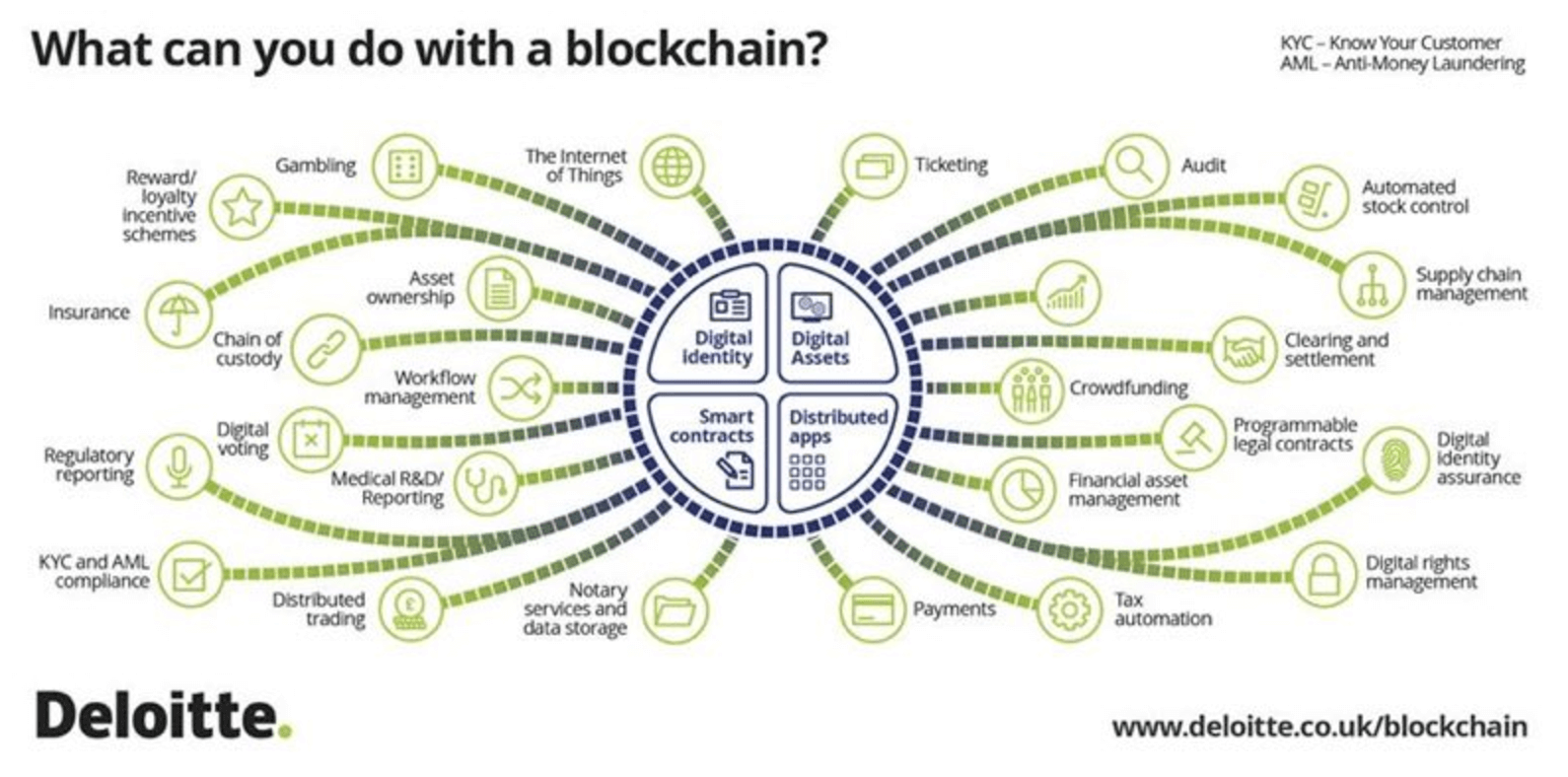Blockchain,“The Internet of Value"

Two key technologies are creating waves in the digital world towards transformation of the business, first the Bitcoins and another Blockchain. Both are correlated but not the same, Bitcoins is a worldwide cryptocurrency and digital payment system that offers distributed ledger system leveraging the Blockchain technology running transactions from multiple locations ( read devices, applications or micro services ) by multiple users and still maintains integrity of the transaction and value remittance thereof. The system is peer-to-peer, and transactions are capable of running independently between users, without an intermediary. These transactions are verified by network nodes and recorded in a public distributed ledger powered by a blockchain. In this article we are focusing on the blockchain technology and the business verticals / models it can provide benefits for..
What’s a Blockchain?
This operation is independent of any central repository and thus can happen seamlessly and each transaction must carry the digital signature of every input owner. The ledgers or the blocks are publishes at set intervals to help reference the transactions via multiple nodes and services thereof.
Governance is handled by Miners, a record-keeping service that keeps the entire blockchain consistent, complete, and unalterable by repeatedly verifying and collecting newly broadcast transactions, timestamps into a new group of transactions called a block, each block has a cryptographic hash of the previous block forming a chain, thus the name blockchain.
To ensure data integrity each miner must use an arbitrary number ( read, nonce) that may only be used once to hash the contents of the block, the process called proof-of-work. This makes the alteration or modification to the current block extremely hard as all subsequent blocks must be modified to effect such a change, thus transaction once written and published offer inbuilt security and integrity by design.
The essence of the blockchain technology is to build trust on the transaction ledgers and leverage the value of the data integrity within the system that fosters Trust, a key fundamental tenet of any business without any intermediary. look at it as a large real time publicly distributed & synchronised database secured by cryptography.
The Disruption
The Blockchain technology offers revolutionary breakthrough for multiple industries operating with large scale operations in multiple locations and domains reducing transactional cost and better organise capabilities vertically of horizontally on time to market, transaction settlement cycles and thus enriching the business model. Since the technology offered realtime transaction support and distributed architecture the deployment is seamless and surpassing the “Trust but verify�? need any point in time of transaction anywhere.
Adaptation & Applicability

We see there are many fast emerging use cases other than financial services, more and more industries, business models are leveraging blockchains such as …to name the few
- Stock Exchanges & Crowd-selling companies
- Shipping & Logistics, Supply Chain
- Ecommerce - Retail, Music Distribution, Coupons / E-tickets
- Asset Lifecycle & History
- Insurance, Agriculture, pharmacy
- Infrastructure management - audits & governance
- International payments, open wallets,
- ++
Further Blockchains are being developed for data storage, publishing texts and identifying the origin of digital art or even used by Swedish Government for land records…Remember all blockchains are distributed ledgers, but not all distributed digital ledgers ( yes, there are many) are blockchains since many of those require manual consensus mechanism for modification and escrow contracts.
In summary, the Features
The large adaption curve is resting on the key fundamental features of blockchain, which are ..
1. Integrity, All transactions are hashed and chained to prevent modifications or hacks, all transactions are timestamped and consistent by design.
2. Consensus, because all parties must agree to network verified transactions. they perform transactions via digital signatures thus repudiation is validated with authenticity
3. Provenance & Privacy, because there are records of where each asset has been and traceability is instantaneous by default. Permissions and identity ensure appropriate visibility of transactions across multi geography and channels / application platforms.
4. Trust / Immutability, because anything written on the ledger cannot be altered makes it far more “Trustworthy�? digitally in realtime. Blockchain can eliminate more vulnerable mechanisms – by enabling us to automate and digitize these other mechanisms we have traditionally used to enforce trustworthiness. With blockchain, we can embed trust into the fabric of our business networks, thereby removing cost, time, and risk.